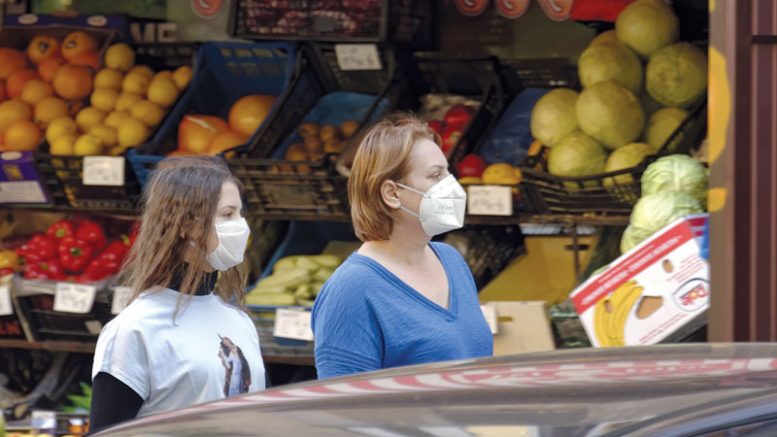By Michael Sansolo, Retail Food Industry Consultant
Following the craziness of 2020, the entire food industry faces both a specific challenge and opportunity as prominent as ever: determine what shoppers want and, as a follow up, find out how to best satisfy those needs.
Certainly, 2020, thanks to the COVID-19 crisis, has created an unusual environment that casts this perennial issue in a new light. In 2020 (and certainly into 2021), shoppers’ needs have focused on finding enough supplies to survive mandated lockdowns and then finding solutions and ideas for mealtime in an environment where restaurant eating has become near impossible.
Against this backdrop, the entire food industry is presented and confronted with opportunities and challenges both new and old.
The unique concerns of this very strange year include ensuring that supply chains manage to stay functional despite incredibly unexpected shortages in everything from toilet tissue to even coins for change. While the industry has been – and continues to be – hard pressed to meet all those challenges, the results, nearly a year into the crisis, have been largely encouraging.
Food stores of all types remained largely in stock of all items, and retail workers rose to the challenge of keeping stores open and serving customers. More visible than usual to shoppers has been the incredible efforts undertaken to keep all elements of the supply chain functioning from farms to transportation to product manufacturing and on to distribution centers. In countless ways, the industry has demonstrated its ability to survive an unthinkably difficult time and to merit its status as an essential industry.
Given the near complete collapse of the foodservice industry, it’s hardly surprising that food retail sales have boomed, with many companies posting levels of sales growth unseen in decades.
But even in the face of that growth, other consumer challenges, wants and desires are changing, and savvy companies must keep an eye on these issues to best thrive once the health crisis passes. For example, online shopping for food has blossomed faster than anyone expected, likely altering the very nature of food shopping into the future. And the economic hangover of the prolonged shutdown of much of the economy creates a new set of challenges, as large portions of the population are likely to focus on budget issues in 2021 and beyond.
What makes these challenges more prominent than usual is that millennials and Gen Z, two young and incredibly large demographic groups, are coming of age while this is happening. That means their shopping, cooking and eating habits are forming in circumstances that might lead them to be even more focused on low-price operators and electronic commerce convenience for decades to come.
The opportunity and challenge is clear to the food industry, including commodity groups. For the first time in possibly 50 years, Americans are returning to home cooking and eating, so the industry has a rare opportunity to help these shoppers with recipes, product tips, nutritional benefits and more. Done properly – and with cooperation throughout the supply chain – this could lead to long-term gains in food retail sales.
However, this requires new thinking and better levels of cooperation and consumer education than we’ve seen in years. Minus that, a once-in-a-generation opportunity could be missed.
In addition, agricultural groups growing carrots, onions, potatoes and other products need to consider how to pivot production away from the decimated restaurant industry and toward food retail, a daunting, but essential, task on its own.
There is no way of knowing today when the COVID crisis will deepen or, hopefully, end, but just as in other tumultuous times, some changes brought about will likely become permanent. Shoppers’ desires are always shifting, and the entire food industry must constantly adapt to them or risk losing opportunity and more.
Editor’s note: Michael Sansolo is a retail food industry consultant, speaker and author. For more information, visit www.michaelsansolo.com.


